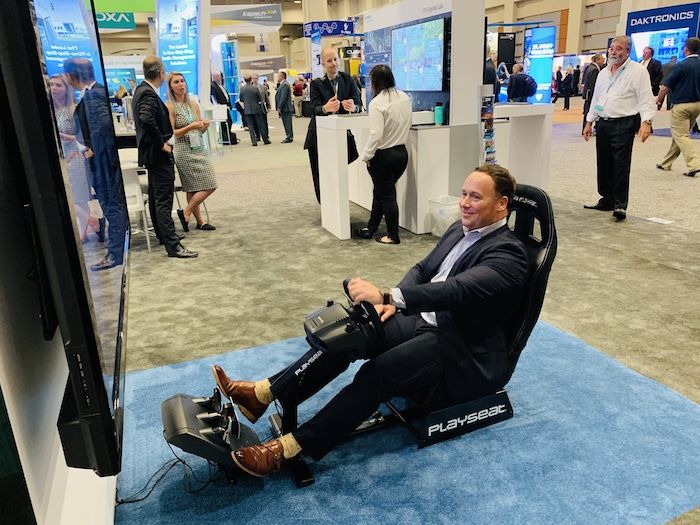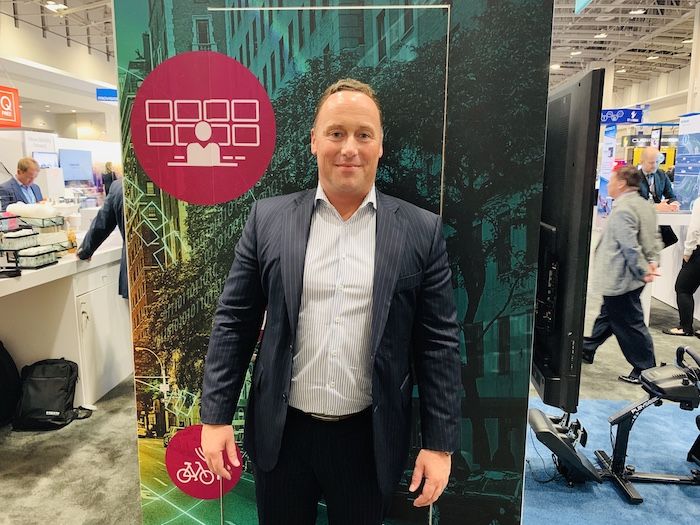Siemens ITS is showcasing its latest products and services at the ITS America Annual Meeting (June 4-7). Marcus Welz, president of Siemens ITS, North America, gave Traffic Technology Today an exclusive update.
Siemens has launched a new ITS digital lab. It comprises of numerous Siemens data scientists, data analysts and software developers, and they work together with cities and transit agencies across the globe to provide data-driven transportation applications by applying artificial intelligence (AI).
“The AI that is applied is based upon a diverse pool of data sourced from cities – for example, from traffic light controllers, ride sharing vehicles and from public transit vehicles,” said Welz. “The only thing that our team needs access to is this city-sourced data – and once we’ve got it, we can solve customers’ specific problems, by applying our technologies.”
Usually in the industry, a product is simply developed and then deployed on the market. Siemens ITS has turned that strategy upside down by recognizing that it can solve numerous problems with data and applied AI. “With this strategy, we essentially create solutions jointly with our customers,” said Welz. “Once these solutions have been made, we can scale them up and roll it out further. It’s an approach that involves problem solving, co-creation and methodology.”
One solutions that has emerged from the Siemens ITS digital lab is an AI adaptive traffic system. It can change traffic patterns in real time, rather than using model-based algorithms and it uses deep learning, predictive data and applied AI at intersections, in real-time, in order to optimize them. Siemens AI adaptive traffic management solutions is being actively being in the city of Seattle, Washington.
“We also work with a bike-share company and analyze their data to identify where bike-share bicycles and scooters are being used and where they are in demand,” said Welz. With this information, Siemens can understand where the demand for specific rides are – and where specific mobility services should and could be provided within a city in order to enhance it, as well as its operations. “Our bike-share solution, created by our team of data scientists, data analysts and software developers from our lab, has been operational in Lisbon for almost a year. We’re also in talks with some US scooter- and bike-sharing companies to see how we can enhance their services.”
Siemens technologies are also being used ongoing connected vehicle pilot projects. “Compared with last year, we have scaled up our connected vehicle technologies from the initial projects in Tampa and New York City,” said Welz. “We also have technologies being used in large-scale applications in Michigan, California and Ohio.”
“It’s exciting for us to be growing these technologies because ultimately they can significantly transform the ITS industry.”






